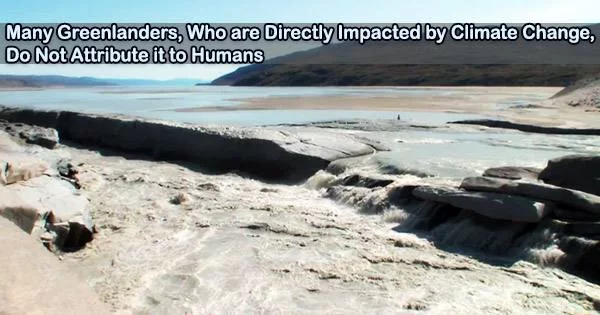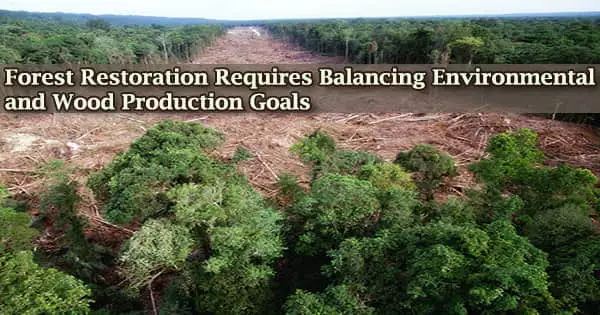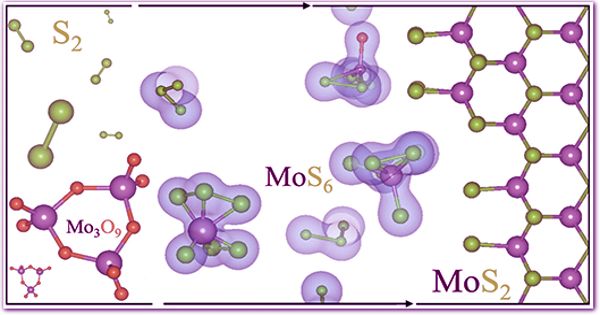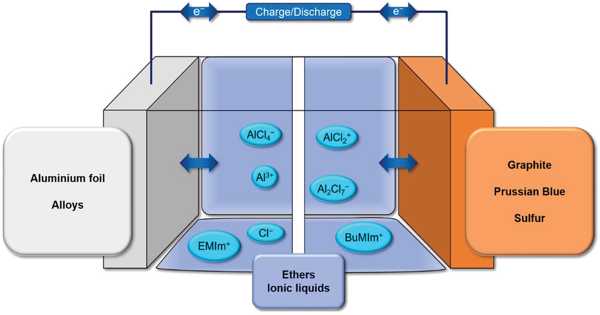According to a recent survey, Greenlanders, who are mostly Indigenous, are much more inclined than people in other Arctic countries to believe that the changing climate has an impact on them directly. However, a lot of people do not place the responsibility on human activities, especially those who follow traditional subsistence lifestyles who are most adversely affected by the effects of fast melting ice and drastic weather fluctuations. The study appears this week in the journal Nature Climate Change.
“Greenland is off the charts when it comes to the proportion of people who are seeing and personally experiencing the effects of climate change. But there is a big mismatch between climate science and local awareness of human-caused climate change,” said lead author Kelton Minor, a postdoctoral researcher at Columbia University’s Data Science Institute and the Columbia Climate School. The researchers suggest that educational and cultural factors play a role.
Greenlanders, who depend on chilly seasonal conditions for hunting, fishing, and travel, are on the front lines as Arctic regions warm up to four times faster than the global average. Even in the dead of winter, rainstorms are becoming more frequent, permafrost is melting, and the vast central ice sheet is fast losing mass.
Snow and sea ice, once reliable ways to travel and make a living, are disappearing. On distant beaches, these changes are causing a slow but steady rise in sea level, but for Greenlanders, the repercussions are already apparent.
The authors of the study surveyed some 1,600 people, some 4 percent of Greenland’s adult population. They found that 89 percent believe climate change is happening similar to other nations with at least some Arctic territory, including Sweden, Canada, Russia and Iceland. (The exception: the United States, at only 68 percent.)
Perceptions of climate change impacts and causes are key drivers of societal climate mitigation and adaptation. Understanding how perceptions are shaped is fundamental for both climate change research and informing climate action.
Minik Rosing
Despite this, more Greenlanders more than twice as many as in other Arctic countries say they are directly feeling the effects. Nearly 85% of those who are fishermen, hunters, or reside in small, rural settlements fall into this category.
However, only approximately 50% of respondents and just 40% of those in rural areas made the connection between humans and the changes when questioned.
The study, according to the researchers, implies that education has a significant influence, and they point out that many residents of rural areas lack a secondary education. “Villages don’t have the same access to formal education, particularly past elementary school, and that may explain a lot of it,” said Minor. He points out that climate researchers from around the world have been converging on Greenland for decades, and that much of the evidence pinning climate change on humans has emerged from their work. “One of the core insights of modern climate science, derived in part from the Greenland ice sheet, may not be widely available to Greenland’s public,” he said.
Nearly every element of existence is impacted by the warming climate in unpredictable ways. For instance, a large number of people reside on long stretches of coastline that are free of ice, close to the massive inner ice sheet. People in some towns are seeing longer stretches of daylight as a result of the sun rising over a newly lowered horizon in some regions where the ice cover is melting so quickly that it is observably lowering, like the top of a mountain being bulldozed off.
And, unlike most of the world, sea levels here are mostly sinking, not rising. This is due in part to the fact that as the ice wastes, pressure is taken off the land, and the land is rising. In a largely roadless land, this presents potential blockages to navigation in heavily used but already often shallow coastal waters the subject of a separate investigation by Columbia scientists.
Cultural historian Manumina Lund-Jensen of Ilisimatusarfik Greenland University and a coauthor of the study suggests a further dimension to beliefs about humans and the environment.
“In Greenland, most people interact with Sila, the Greenlandic spirit of the air, the weather, which also describes our consciousness, and connection to the universe,” she said. “Knowledge about Sila has been transmitted through generations by oral traditions and observations, and can make the difference of survival for oneself and others.”
This view may “increase the psychological distance to the anthropogenic signal in the climate system,” she writes in the study. “Humans may not be viewed as powerful in relation to Sila.”
People’s overall views of nature may have practical effects, the researchers say. Minor says that although it was not part of the current study, it seems that those who discount human influence may be more likely to view changes as mainly harmful shorter hunting seasons, more dangerous storms, more unpredictable weather.
On the other hand, those who make human the connection may see it differently. Case in point: the world is running short of sand, a key ingredient in concrete. Greenland is now swimming in it, as glaciers pull back, leaving behind vast deposits of it.
“Previous research indicates that those aware of human influence on climate are more likely to consider human action to adapt,” said Minor, “and favor exporting this suddenly available commodity.”
“Perceptions of climate change impacts and causes are key drivers of societal climate mitigation and adaptation,” said study coauthor Minik Rosing, a geologist at the University of Copenhagen. “Understanding how perceptions are shaped is fundamental for both climate change research and informing climate action.”
In addition, they recommend that historical information and climate projections derived from the ice sheet “be widely disseminated and integrated into Greenland’s primary school educational curricula in concert with Inuit knowledge.” Policymakers and civic institutions should “support the convergence of highly adaptive Inuit knowledge of Sila and local climate variability with climate scientists’ knowledge,” they write.
















